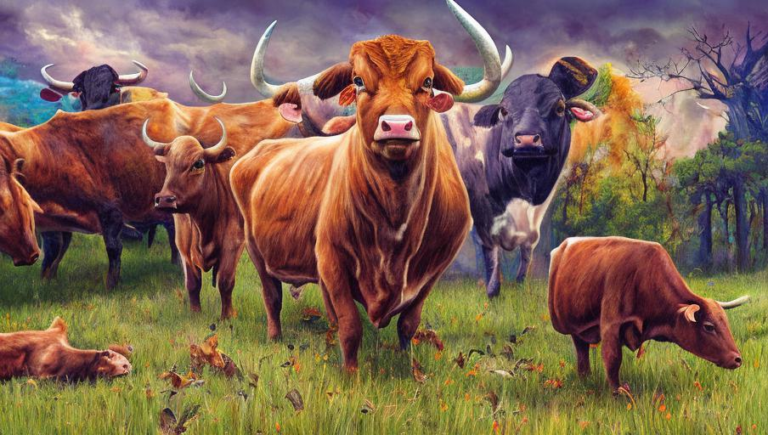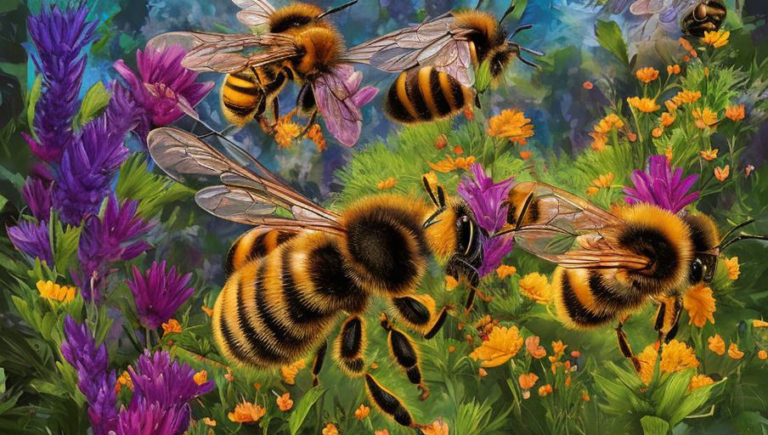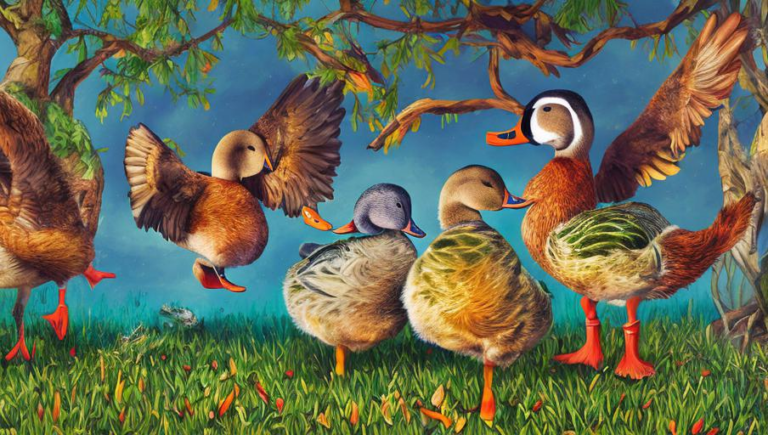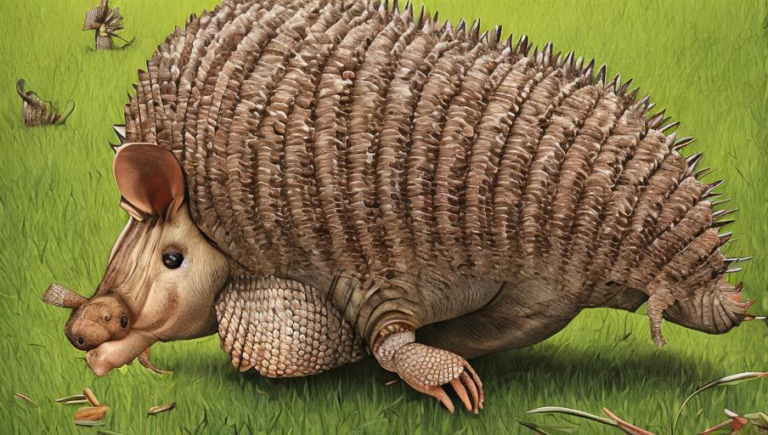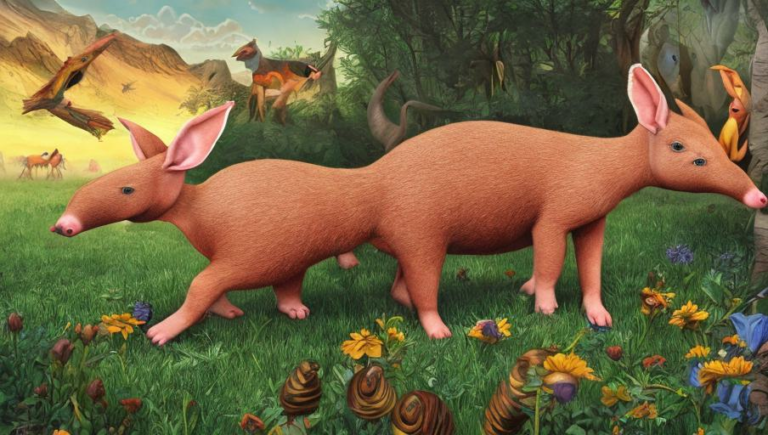Finding the Echidna in the Wild
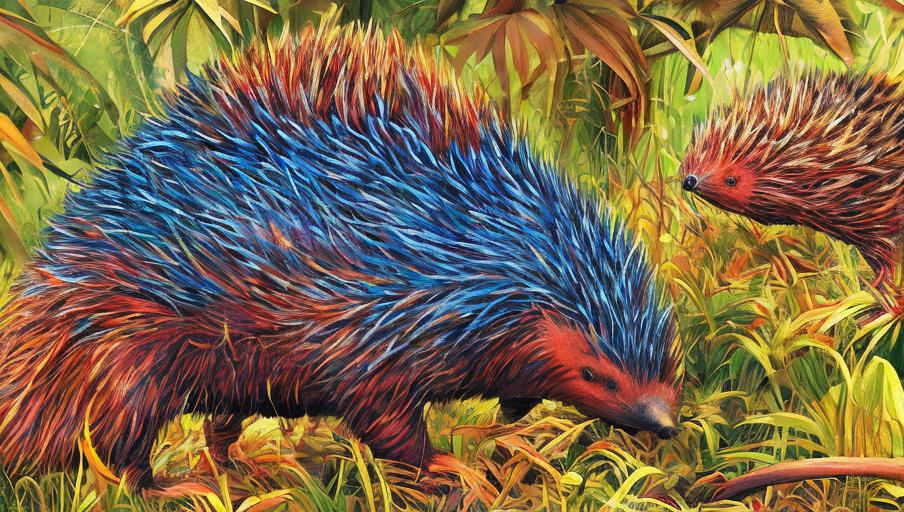
Introduction to the Echidna
The echidna is a unique animal with an ancient lineage. It is a monotreme, meaning it is an egg-laying mammal, and is the only member of the family Tachyglossidae. Echidnas can be found in Australia and New Guinea, and are characterized by their spiny fur, long snouts, and strong claws. Echidnas can also be found in the wild and have been observed in the forests, deserts, and grasslands of the two regions.
Habitat and Diet of the Echidna
Echidnas are solitary animals and tend to move around during the night. They need a wide variety of habitats to survive, including dense forests and scrublands. Echidnas feed on a variety of small insects, worms, and larvae. They also eat ants, termites, and other small invertebrates.
How to Find an Echidna in its Natural Habitat
If you are looking to observe an echidna in the wild, it is important to be respectful and observe from a distance. Echidnas have keen senses and can be easily startled. It is best to observe from a distance so as not to frighten them away. It is also important to be aware of your surroundings, as echidnas are often found in areas with dangerous predators like snakes and large cats.
Look for Signs of an Echidna
Echidnas are well-camouflaged and can be difficult to spot in the wild. However, there are certain signs that can help you spot them. Look for burrows that have been dug in the ground, which echidnas use for shelter. Also look for small mounds of dirt, as echidnas dig them up while they are looking for food. Finally, keep an eye out for the spiny fur of an echidna, as it can be seen from a distance.
Listen for Echidna Sounds
Echidnas are also quite vocal and make a variety of sounds. During mating season, males make a distinctive “clicking” sound that can be heard from a distance. Other sounds that echidnas make include a grunting noise and a low-pitched “buzzing” sound. If you are in an area where echidnas are known to live, listening for these sounds can help you find them.
Be Patient
Lastly, it is important to be patient when looking for echidnas in the wild. They are solitary animals and can be difficult to spot. It may take some time to find one, so be patient and keep looking. If you are persistent and observant, you may be lucky enough to catch a glimpse of one of these amazing creatures.
Conclusion
The echidna is a unique and fascinating animal. It is an important species to conserve and protect, and observing them in their natural habitat can be a rewarding experience. If you are looking to find an echidna in the wild, keep an eye out for signs of their presence, listen for their distinct vocalizations, and be patient. With a bit of luck, you may be able to observe one of these fascinating creatures in the wild.
